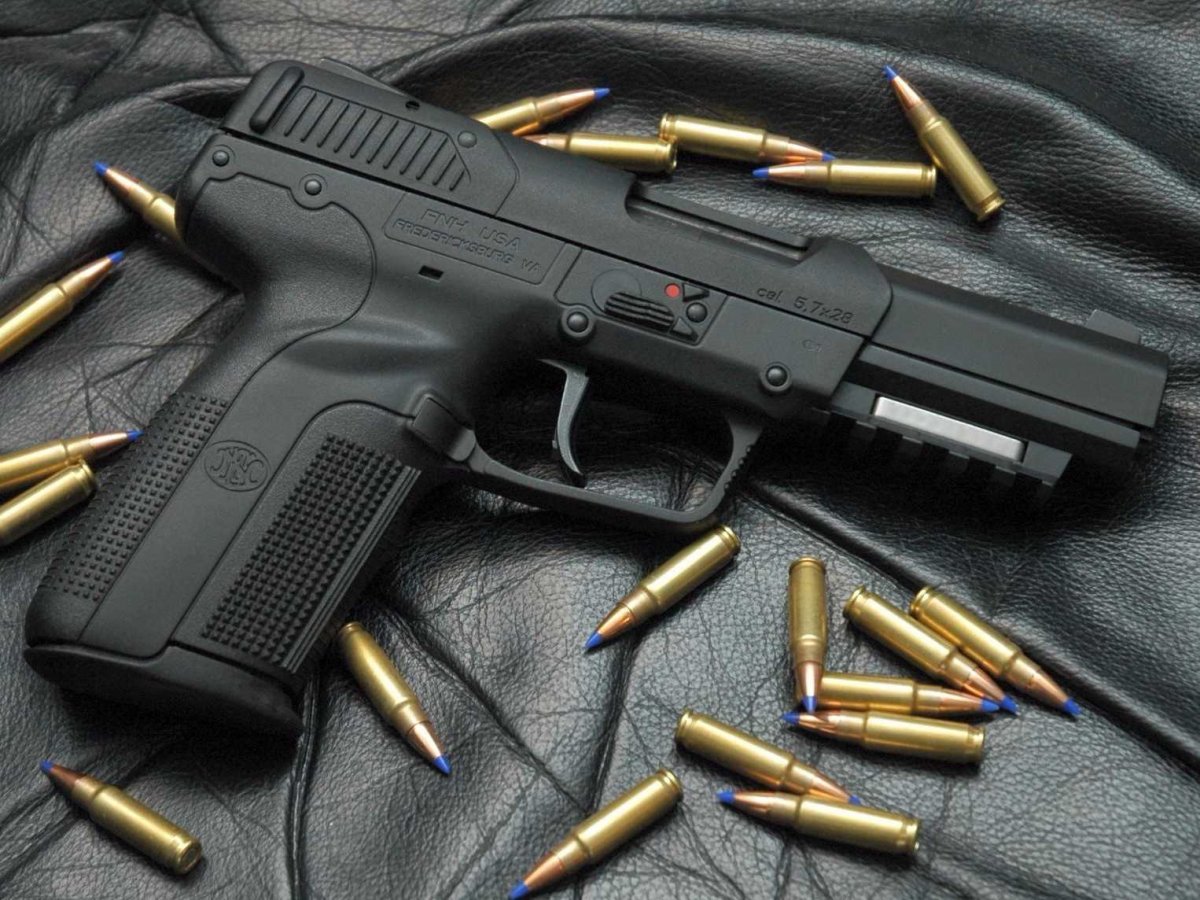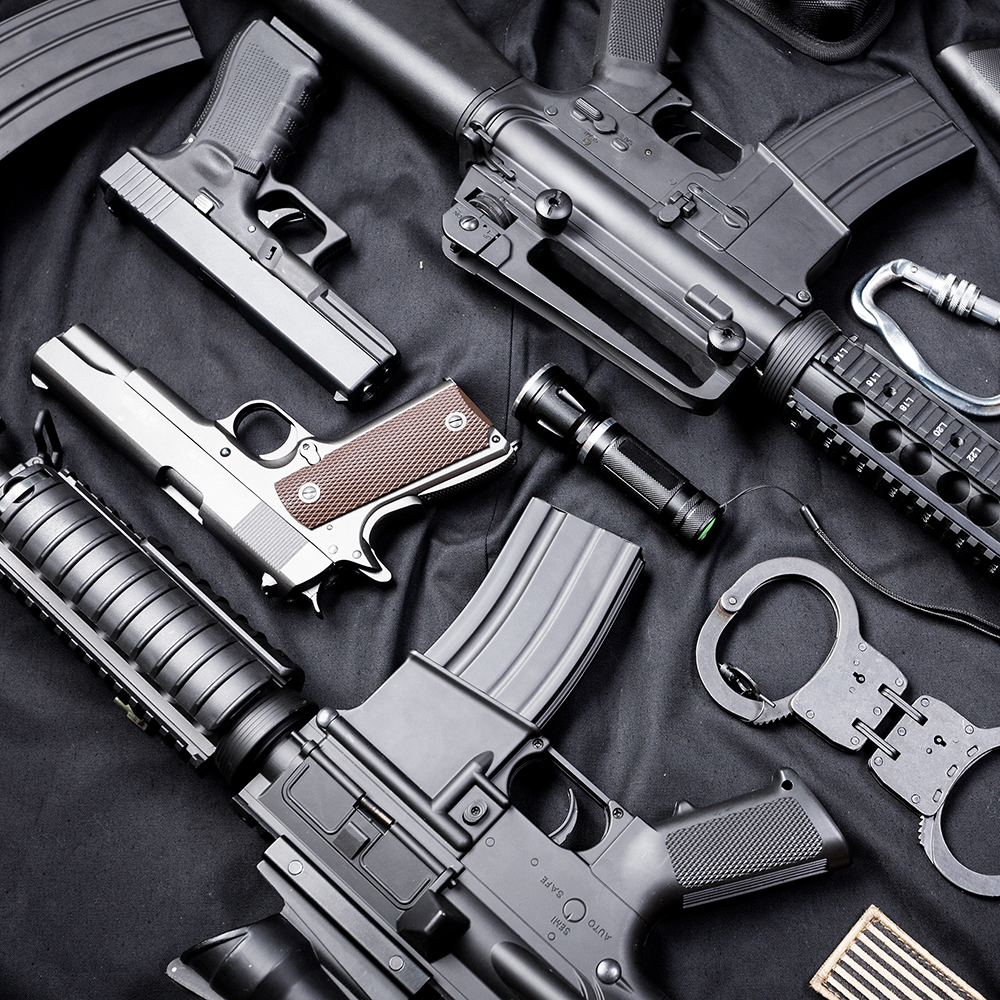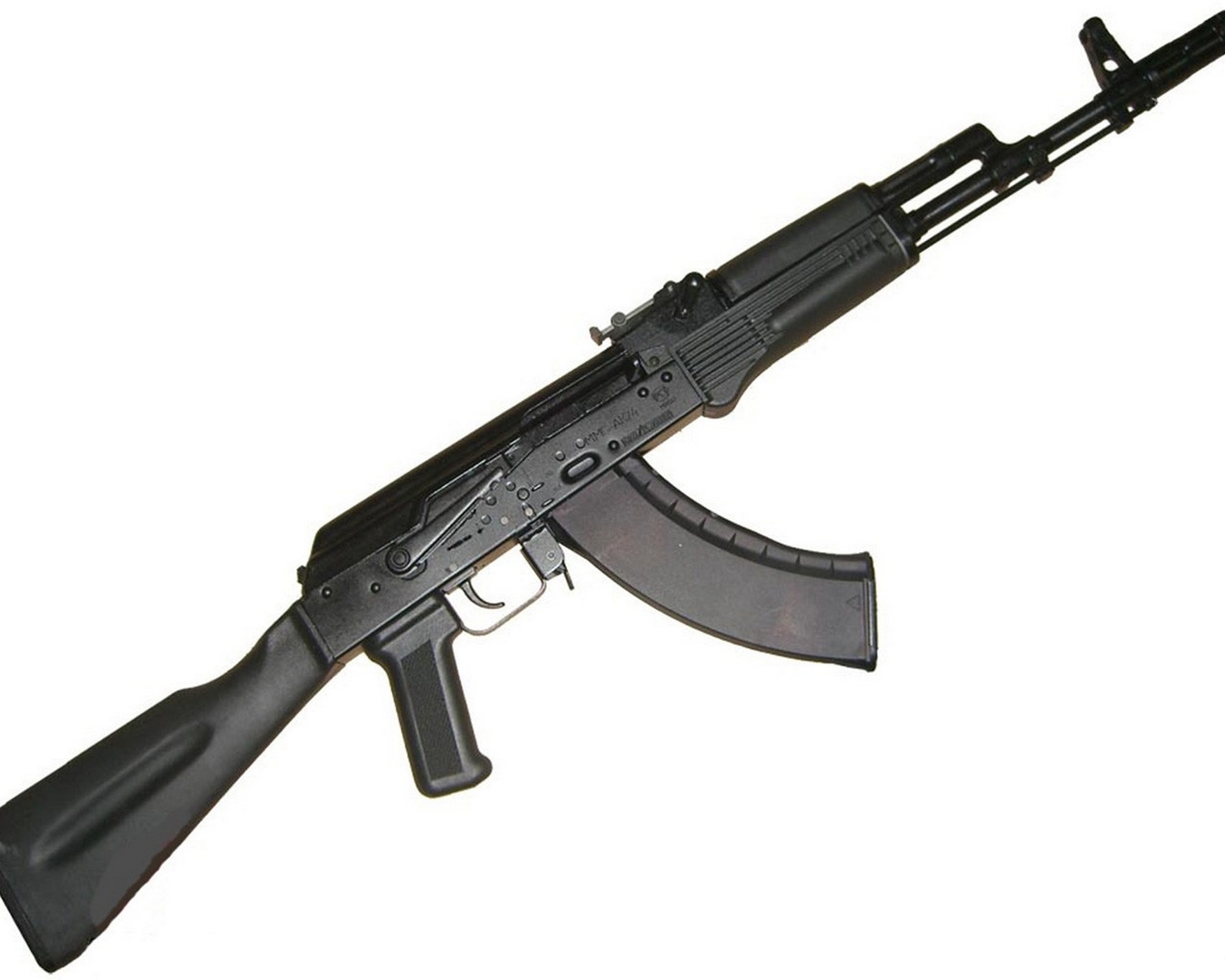Unraveling Iran's Nuclear Ambitions: A Global Security Challenge
The long-standing international debate surrounding Iran's nuclear program remains one of the most pressing and complex geopolitical issues of our time. For decades, the world has watched with a mix of apprehension and hope as diplomatic efforts have ebbed and flowed, punctuated by accusations, denials, and covert actions. At the heart of this intricate web lies the fundamental question: Is Iran pursuing nuclear weapons, or are its atomic aspirations purely for peaceful purposes, as Tehran consistently claims? This article delves into the historical timeline, key developments, and the current state of Iran's nuclear capabilities, drawing on credible reports and statements from international bodies and national intelligence agencies.
Understanding the nuances of Iran's nuclear journey is crucial for comprehending the broader implications for regional stability and global security. From the early concerns voiced by the United States to the latest warnings from international atomic energy watchdogs, the narrative is one of persistent tension and a precarious balance of power. As we navigate this complex landscape, it becomes clear that the stakes are incredibly high, with the potential for miscalculation carrying devastating consequences for all involved.
Table of Contents
- The Genesis of Iran's Nuclear Program
- International Concerns and Early Warnings
- The Shifting Landscape of Enrichment
- Allegations of a Covert Weapons Program
- Israel's Stance and Actions
- Global Powers and Diplomatic Efforts
- Iran's Current Capabilities and Ambiguities
- The Broader Nuclear Landscape and Regional Implications
The Genesis of Iran's Nuclear Program
Iran's nuclear program has roots stretching back to the 1950s, initially with U.S. support under the "Atoms for Peace" program. However, after the 1979 revolution, the program became shrouded in secrecy and suspicion, particularly as Western powers grew increasingly wary of Tehran's intentions. Iran consistently maintains that its nuclear activities are solely for peaceful purposes, such as energy production and medical applications. This narrative has been a cornerstone of its defense against international accusations, with Tehran insisting that its nuclear facilities are for peaceful use.
Despite these assurances, the international community's skepticism has only deepened over time. The lack of transparency, coupled with Iran's history of non-compliance with international safeguards, has fueled fears that the country might be pursuing a covert nuclear weapons capability. This concern is not new; as far back as February 23, 1998, the Israeli Prime Minister claimed to have attacked the heart of Iran's nuclear weapons development program, though Tehran vehemently denied such claims, reiterating its peaceful intentions. Such early accusations set the stage for decades of confrontation and diplomatic wrangling, shaping the global perception of Iran's nuclear ambitions.
International Concerns and Early Warnings
The turn of the millennium brought heightened international scrutiny. On March 14, 2000, the United States publicly announced its concern that Iran's nuclear energy program could lead to the development of nuclear weapons. This statement marked a significant escalation in the international community's open apprehension. Iran, for its part, has long denied accusations from Western powers that it is seeking to develop nuclear weapons, asserting its desire to master nuclear technology for peaceful ends. Tehran has often dismissed critical reports as "politically motivated and repeating unfounded accusations."
These early warnings were not isolated incidents but rather the beginning of a sustained effort by global powers to monitor and, if necessary, curb Iran's nuclear progress. The fear was, and remains, that a nuclear-armed Iran could destabilize an already volatile region, triggering a dangerous arms race. The persistent denial from Tehran, coupled with intelligence reports suggesting otherwise, created a deep chasm of distrust that has proved difficult to bridge, pushing the world closer to the brink of a nuclear crisis.
The Shifting Landscape of Enrichment
Uranium enrichment is a critical aspect of any nuclear program, whether for peaceful energy generation or for military purposes. Iran's progress in this area has been a major point of contention. In July 2015, Iran possessed nearly 20,000 centrifuges, a significant number that underscored its advanced capabilities. The International Atomic Energy Agency (IAEA) has been a crucial watchdog, reporting on Iran's enrichment levels and stockpiles. According to the IAEA, Iran has accelerated its enrichment to 60 percent, a level far beyond what is needed for civilian energy production and dangerously close to weapons-grade material.
This acceleration is particularly alarming because, as experts note, an enrichment to 90 percent would make 400 kilograms of such material sufficient for approximately ten nuclear weapons. While 20% enrichment is not definitively an indicator of nuclear weapons intent, the storage of uranium at this level is concerning, as it would allow reaching weapons-grade levels in less time than starting from low-enriched uranium. The constant reports from the IAEA on Iran's increasing stockpiles and higher enrichment levels highlight the growing urgency of the situation.
Uranium Enrichment Levels: What Do They Mean?
To understand the gravity of Iran's enrichment activities, it's essential to differentiate between various levels of uranium enrichment. Natural uranium contains only about 0.7% of the fissile isotope U-235. For nuclear power plants, uranium is typically enriched to 3-5% U-235. This is known as Low Enriched Uranium (LEU).
However, for medical isotopes or research reactors, enrichment levels can go up to 20%. While 20% enrichment is still considered non-weapons grade, it significantly shortens the "breakout time" – the time it would take to further enrich the material to weapons-grade. Weapons-grade uranium, also known as Highly Enriched Uranium (HEU), requires enrichment to 90% or higher. The fact that Iran has accelerated its enrichment to 60% and has the capacity to reach 90% with its existing stockpiles, as indicated by the IAEA and other experts, underscores the critical nature of its program. This opacity around its true intentions increases the risks associated with nuclear proliferation.
Allegations of a Covert Weapons Program
For years, intelligence agencies and international organizations have grappled with the question of whether Iran has a covert nuclear weapons program. A significant development came on February 20, 2009, when a U.S. intelligence report discovered that Iran had abandoned a nuclear weapons program in 2003. This finding, which contradicted claims by some U.S. officials, including then-President Trump, suggested that while Iran might have had such a program in the past, it was not actively pursuing one at that specific time.
However, this did not entirely alleviate concerns. Despite U.S. national intelligence dismissing the reactivation of Iran's nuclear program, the Institute for Science and International Security (ISIS) reported that Iranian scientists had achieved "nuclear weapons explosion capability." This distinction is crucial: it suggests that even if a formal program was paused, the underlying scientific knowledge and technical expertise for developing a weapon still existed within Iran. This ongoing debate and the conflicting reports highlight the difficulty in definitively assessing Iran's true intentions regarding nuclear weapons.
Israel's Stance and Actions
Israel views Iran's nuclear program as an existential threat, a sentiment deeply rooted in its security doctrine. It is an open secret that Israel possesses its own nuclear weapons, dating back to the 1960s, though this has never been publicly acknowledged. This undeclared arsenal adds another layer of complexity to the regional nuclear dynamic. After decades of threats, Israel has launched audacious attacks on Iran, targeting its nuclear sites, scientists, and military leaders. These actions, often covert, underscore Israel's determination to prevent Iran from acquiring nuclear weapons at any cost.
The Israeli government has consistently advocated for a tougher stance against Iran, often expressing skepticism about diplomatic solutions. Their past actions, such as the alleged cyberattacks and assassinations of nuclear scientists, demonstrate a proactive approach to disrupting Iran's nuclear progress. This aggressive posture, while aimed at ensuring Israel's security, also raises the risk of regional escalation, as Iran's potential responses to Israeli night attacks on its nuclear and military bases could be varied in scope and damage.
Global Powers and Diplomatic Efforts
The international community, particularly the P5+1 (the five permanent members of the UN Security Council plus Germany), has engaged in extensive diplomatic efforts to constrain Iran's nuclear program. The Joint Comprehensive Plan of Action (JCPOA), signed in 2015, was a landmark agreement designed to prevent Iran from developing nuclear weapons in exchange for sanctions relief. However, the U.S. withdrawal from the deal in 2018 significantly complicated matters, leading to Iran's gradual rollback of its commitments and an acceleration of its enrichment activities.
U.S. Secretary of State Antony Blinken recently stated that the time in which Iran could produce enough weapons-grade material to develop nuclear weapons "is now probably" very short, highlighting the urgency of renewed diplomatic engagement. The challenge lies in finding a path forward that addresses international concerns while respecting Iran's sovereign right to peaceful nuclear technology. The current impasse means that the risk of proliferation remains high, making the role of international bodies and the perspectives of other global powers even more critical.
The Role of the IAEA
The International Atomic Energy Agency (IAEA) plays a pivotal role in monitoring Iran's nuclear activities and ensuring compliance with the Nuclear Non-Proliferation Treaty (NPT). IAEA Director-General Rafael Mariano Grossi has been vocal about the escalating concerns. He recently warned that Iran has enough highly enriched uranium to build "several" nuclear weapons if it chooses to do so. Grossi also noted recent increases in ambiguous statements about nuclear weapons by Iran, suggesting a complex communications strategy around its capabilities and ambitions.
The IAEA's reports are crucial for informing international policy and providing an objective assessment of Iran's nuclear progress. Their ability to conduct inspections and verify Iran's compliance is paramount to preventing proliferation. However, Iran's limited cooperation and restrictions on IAEA access have made the agency's work increasingly challenging, contributing to the overall lack of transparency that worries the international community.
Russia's Perspective
Russia, a key player in the region and a signatory to the JCPOA, holds a nuanced position on Iran's nuclear program. Moscow has repeatedly informed Tel Aviv of the absence of evidence regarding Iran's alleged attempts to acquire nuclear weapons, as commented by the Russian president. At the same time, he noted that some details of the Iranian nuclear program could be subject to debate and negotiation, suggesting that if Israel has any concerns regarding Iran, these could be resolved through dialogue.
Russia's stance often emphasizes diplomatic solutions and opposes unilateral actions, advocating for a multilateral approach to the issue. Its close ties with Iran, particularly in the energy and military sectors, give it unique leverage but also complicate efforts to present a united front against Iran's nuclear ambitions. This dual role makes Russia a critical, albeit sometimes unpredictable, actor in the ongoing saga of Iran's nuclear weapons program.
Iran's Current Capabilities and Ambiguities
Today, Iran's nuclear program is more advanced than ever, raising serious questions about its true intentions. While Tehran continues to insist on its peaceful nature, the International Atomic Energy Agency (IAEA) has reported significant acceleration in uranium enrichment, with Iran enriching to 60 percent. Furthermore, the Institute for Science and International Security (ISIS) in Washington estimated in 2022 that Iran is well within its capabilities to modify nuclear weapons. This assessment, combined with recent ambiguous statements from Iran regarding its nuclear doctrine, has heightened global anxieties.
The Director-General of the IAEA, Rafael Mariano Grossi, has warned that Iran possesses enough highly enriched uranium to build "several" nuclear weapons if it so desires. This statement underscores the precariousness of the current situation, where Iran's technical capacity appears to be rapidly approaching, if not already at, the threshold for weaponization. The international community is left to decipher Iran's true intentions amidst a backdrop of increasing enrichment and strategic ambiguity.
The Khan Network's Legacy
A critical factor in Iran's nuclear advancement is the legacy of the A.Q. Khan network. This illicit proliferation network, created to acquire equipment and materials for Pakistan's gas centrifuge-based nuclear weapons program, also supplied Iran with critical technology for its uranium enrichment program. This assistance significantly helped put Iran on a fast track toward becoming a nuclear power. The clandestine nature of this transfer and the advanced technology acquired through it allowed Iran to accelerate its program in ways that would have been far more difficult otherwise.
The existence and operations of the Khan network highlight the dangers of nuclear proliferation through black markets and the challenges of controlling sensitive technologies. The network's contribution to Iran's capabilities means that even if a formal weapons program was paused, the foundational knowledge and infrastructure were already in place, making it easier for Iran to resume or accelerate its efforts towards developing nuclear weapons if it chose to do so.
Underground Facilities and Advanced Defenses
Iran has made significant investments in protecting its nuclear infrastructure, signaling a long-term commitment to its program. This includes the construction of underground bunkers and the deployment of advanced defenses around its atomic sites. Examples include the Saghand uranium mine in Yazd province and the Ardakan processing plant, which provide the raw material for the entire Iranian nuclear program. These hardened facilities are designed to withstand potential military strikes, making any preemptive action extremely difficult and risky.
The development of such robust and concealed infrastructure further complicates international monitoring efforts and raises questions about the ultimate purpose of such extensive and protected facilities. The sheer scale of these investments suggests a program designed for resilience and long-term viability, irrespective of external pressures. This strategic hardening of its nuclear assets is another piece of the puzzle that contributes to the global concern over Iran's nuclear weapons ambitions.
The Broader Nuclear Landscape and Regional Implications
The issue of Iran's nuclear program does not exist in a vacuum; it is part of a larger global nuclear landscape. In 2025, nine countries possess nuclear weapons, concentrating a global arsenal of over 12,000 warheads. Russia leads with 5,580, followed by the United States with 5,044, and China with 500. They are followed by France (290), the United Kingdom (225), India (180), Pakistan (170), Israel (90), and North Korea (50). According to the Stockholm International Peace Research Institute (SIPRI), there were approximately 13,080 nuclear warheads in the world as of 2023. This global context underscores the immense destructive potential of nuclear weapons and the critical importance of non-proliferation efforts.
A nuclear-armed Iran would profoundly alter the regional balance of power in the Middle East. It could trigger a cascade of proliferation, as other regional powers might feel compelled to develop their own nuclear capabilities for deterrence. This scenario would dramatically increase the risk of nuclear conflict in an already volatile region. The options for Iran to respond to Israeli attacks on its nuclear and military bases are several, and their scope and damage could be catastrophic, highlighting the immense stakes involved. The international community's challenge is to find a path that prevents Iran from acquiring nuclear weapons while avoiding a wider conflict that could have devastating global consequences.
Conclusion
The question of whether Iran truly has nuclear weapons or is on the verge of acquiring them remains a central, unresolved dilemma in international relations. While Iran consistently asserts its peaceful intentions, its accelerated enrichment, advanced infrastructure, and ambiguous statements continue to fuel global concerns. The historical data, from early U.S. and Israeli warnings to recent IAEA reports on Iran's enrichment levels and stockpiles, paints a picture of a nation steadily advancing its nuclear capabilities.
The stakes could not be higher. A nuclear-armed Iran would fundamentally reshape the geopolitical landscape, potentially triggering a regional arms race and increasing the risk of devastating conflict. The ongoing diplomatic efforts, coupled with the persistent threat of military action, underscore the urgency of finding a sustainable solution. As global citizens, it is imperative to stay informed about these critical developments and understand the complexities involved. Share your thoughts on this pressing issue in the comments below, and explore other articles on our site to deepen your understanding of global security challenges.
- Iran News Today
- Iran Drone
- Iran Vs Israel Military Who Would Win
- Israel Vs Iran Simulation
- Iran And Israel News

Las 16 armas de fuego más avanzadas | Tecnología | ihodl.com

Clasificación de las arma de fuego por su tipo | Colegio Jurista Blog

Banco de Imágenes Gratis: Fotografías de armas parte I (10 fotos muy